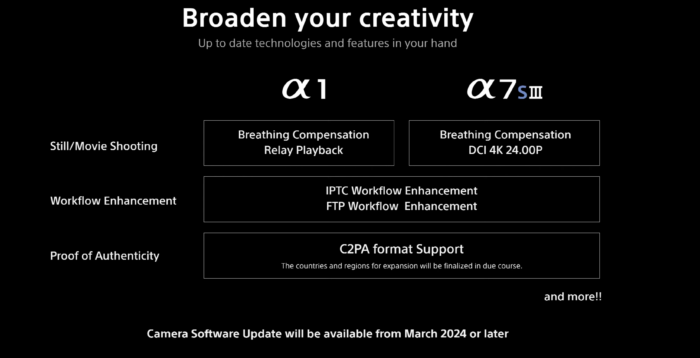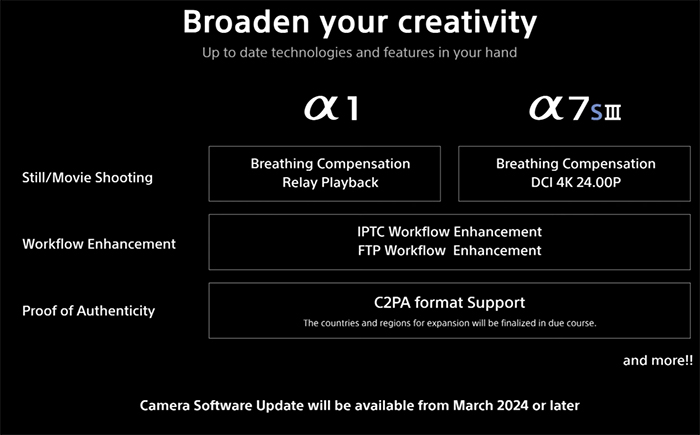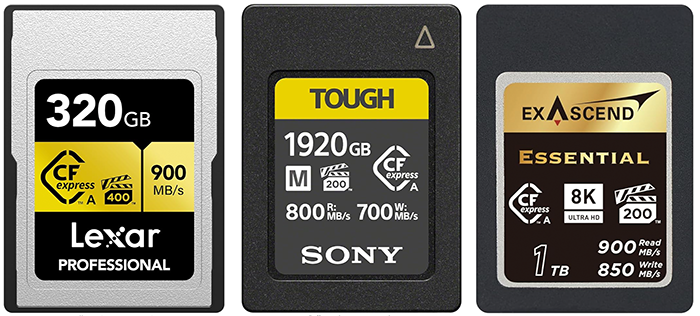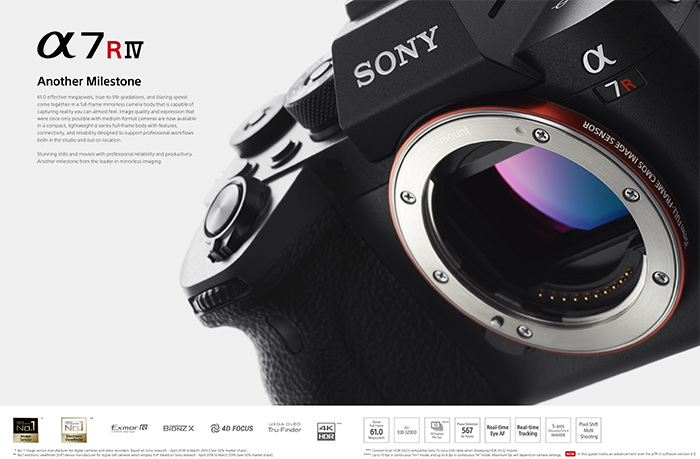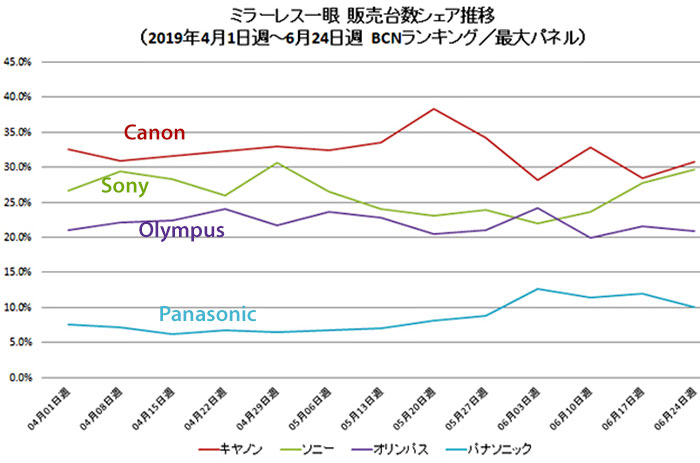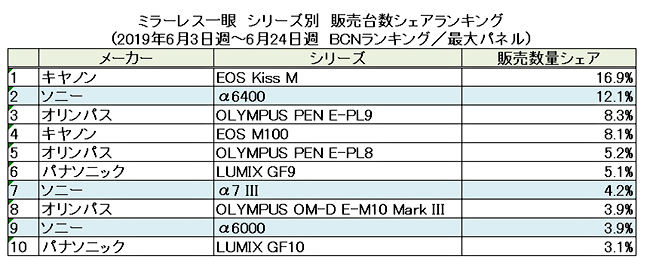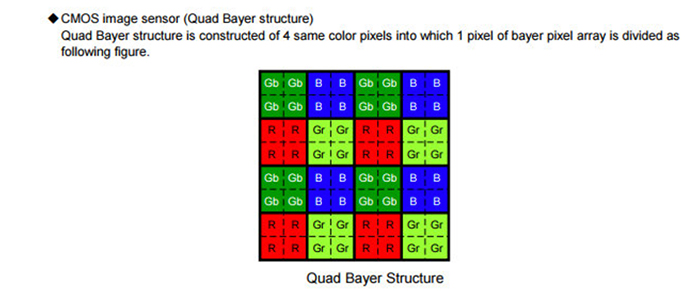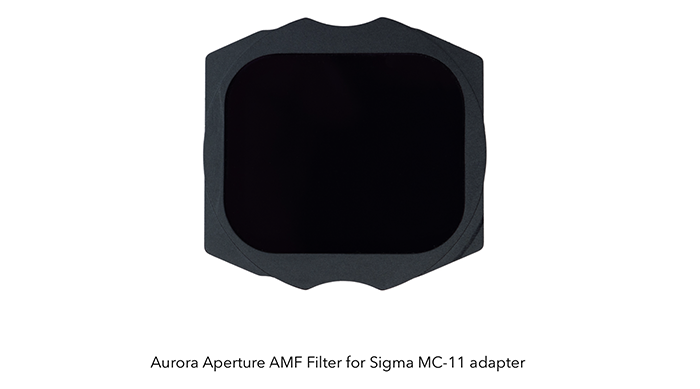
Skylum announce the new Luminar 4 software (info here). It’s available for preorder now and it will be available this fall. Among the many new features it also will have the world’s first Sky Replacement technology.
There are two bundle offers:
1. Luminar 4 + Signature Looks bundle for US$59 instead of US$138
2. Luminar 4 + Signature Looks + Luminar 3 bundle for US$89instead of US$207
Current Luminar 3 owners pay $49 only:

—
Full press text:
Sky’s the limit: Luminar 4 introduces the first automatic Sky Replacement technology
Utilizing the proprietary technology based on machine learning, Luminar 4 will be the first photo editor to have a fully automated Sky Replacement tool to save the artists hours of editing.
BELLEVUE, WA – July 23, 2019 — Today, Skylum announces the upcoming release of Luminar 4, set to ship this fall. Skylum continues to push innovations forward through machine learning tools. In addition to the new AI Sky Replacement tool, Luminar users can expect to see more machine learning present in Luminar 4. With its easy-to-use interface and sensible workflows, Luminar 4 is a great choice for creatives looking to move their photography forward.
“With Luminar 4 we continue to empower everyone who loves photography to make incredible images faster and easier,” said Alex Tsepko, CEO of Skylum. “No one needs a “simply another photo editor” these days. That’s why with every Luminar update we bring photographers something truly meaningful, something that will really level up their creative skills.
In Luminar 2018, Skylum introduced the AI Sky Enhancer filter, helping to add depth and color back into flat or blown-out skies. Earlier this year, Skylum added the Accent AI 2.0 filter to Luminar 3, a powerful content aware filter powered by machine learning to automatically enhance images. Now, with Luminar 4, AI Sky Replacement offers the first automatic tool for replacing skies. Machine learning tools like these are the foundation of the Luminar platform, helping to save photographers hours of manual labor so they can achieve their creative dreams.
Why AI Sky Replacement?
Sky replacement methods have become popular in recent years with landscape photographers, in order for them to truly showcase their creative vision. Up until now, photographers have spent minutes or even hours manually replacing skies, through tools like Smart Selection, Luminosity Masking, Overlaying, Layers, Masking, Smart Brush, Color Range and more. And even with all those tools, it was hard to get a perfect sky.
While development of AI Sky Replacement has been equally challenging, Skylum’s machine learning technology means that photographers can apply a realistic sky to their photograph in mere seconds, freeing up time to be more creative.
How does it work?
AI Sky Replacement works by automatically detecting not only the sky, but also objects in a photograph’s scene. This helps make sure the photo ends up being as realistic as possible once you insert a new sky. It removes things like halos, artifacts and edges of transitions, problems that often were present in existing sky replacement techniques. With the AI Sky Replacement you will also be able to adjust the sky to fit the rest of an image — things like depth of field, tone, exposure and color — making it great for not only landscapes, but also portraits.
When working on an image, the AI Sky Replacement technology automatically creates a mask for the sky, taking a step that would oftentimes take minutes or even hours, and boiling it down to mere seconds with just the click of a mouse. But that’s not all it does — AI Sky Replacement also correctly detects the horizon line and the orientation of the sky to replace so that it looks as realistic as possible.
Furthermore, with the scene relight technology, you’ll see the rest of your photo change in terms of light and color when you select your sky of choice. This makes sure that an image and sky match so they appear they were taken during the same conditions. Because of the toning that AI Sky Replacement does to an image, it looks as natural and smooth as possible.
The new AI Sky Replacement filter is the perfect tool for recreating that special moment that you might not otherwise be able to revisit. It’s great to bring life into vacation photos where the weather wasn’t perfect, or surprise moments where you couldn’t plan for the perfect conditions. And best of all, it’s available through a simple, easy-to-use tool in the Luminar 4 interface.
Now, with AI Sky Replacement, it’s easier and faster than ever for photographers to achieve their goals, and focus on what they enjoy most — photography.
Pricing and availability
Luminar 4 is set to be released this fall. Pre-orders are now available on skylum.com.
Pricing will be announced at a later time, and upgrade pricing will be available for current users.
About Skylum Software
Skylum is a global imaging technology company with offices in Bellevue, USA; Kyiv, Ukraine; and Tokyo, Japan. Skylum allows millions of photographers to make incredible images faster. We automate photo editing with the power of Artificial Intelligence yet leave all the creative control in the hands of the artist. The Skylum Team has won the Red Dot Award, Apple’s Best of the Year, and other top industry awards. To learn more about Skylum, visit http://skylum.com.

